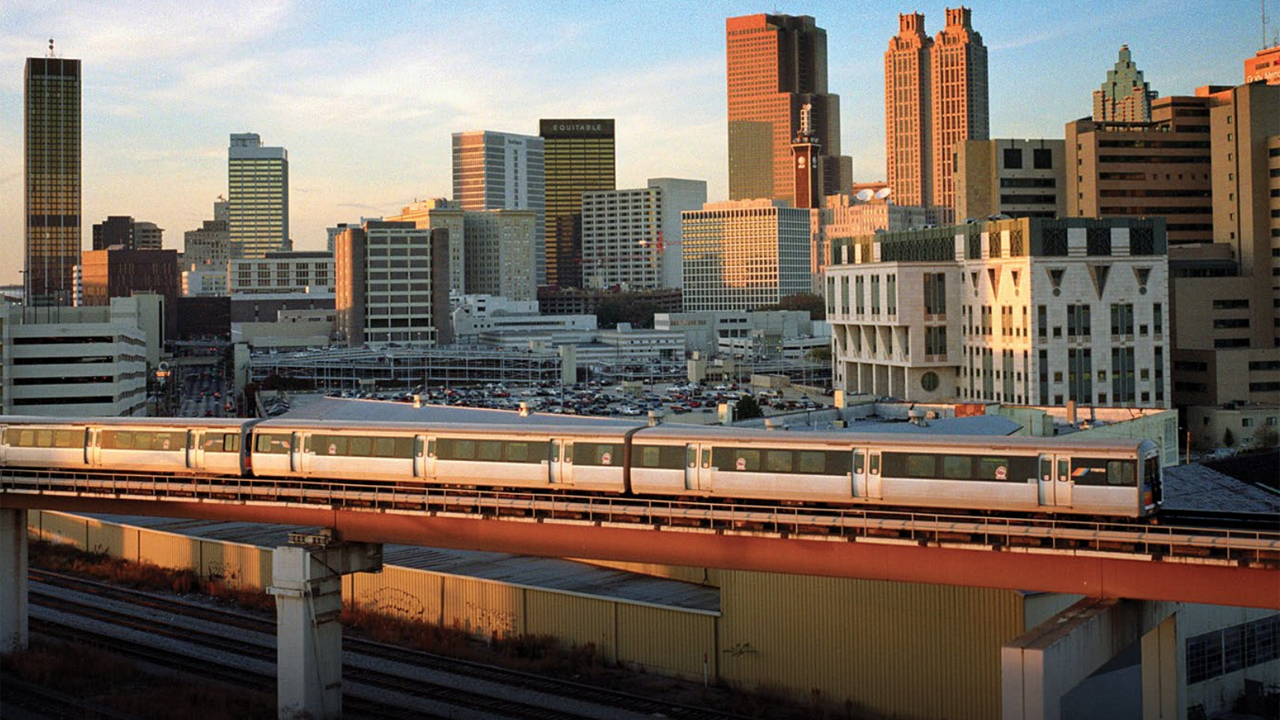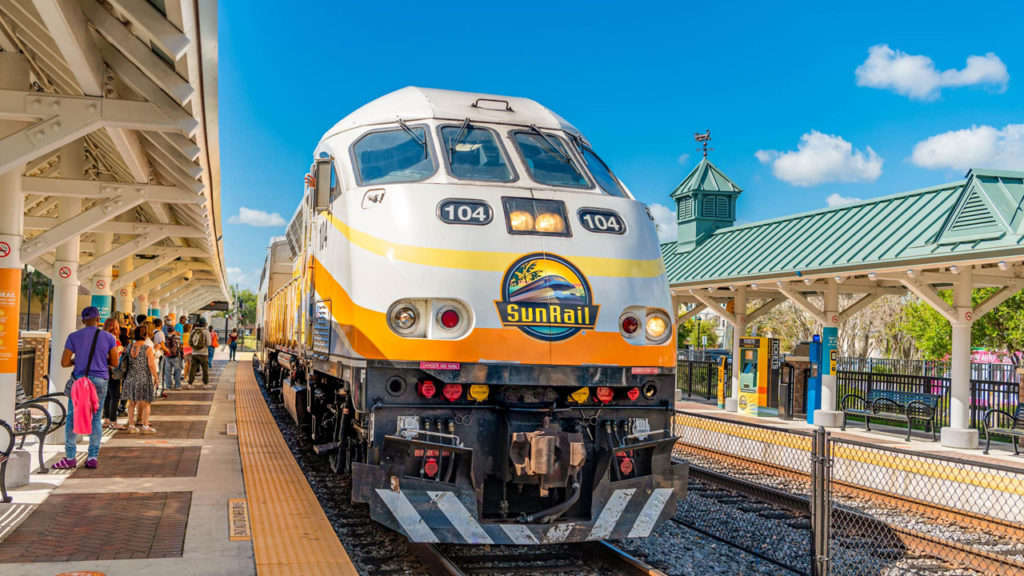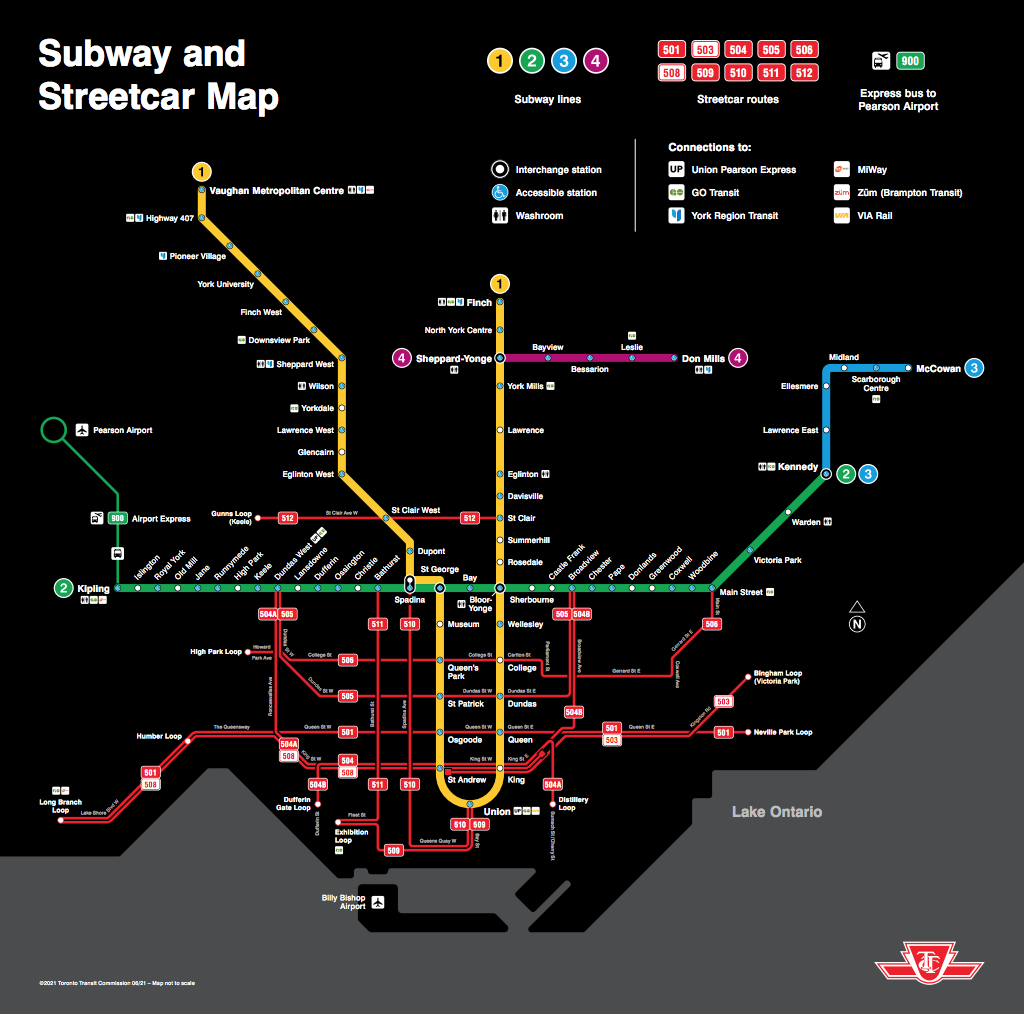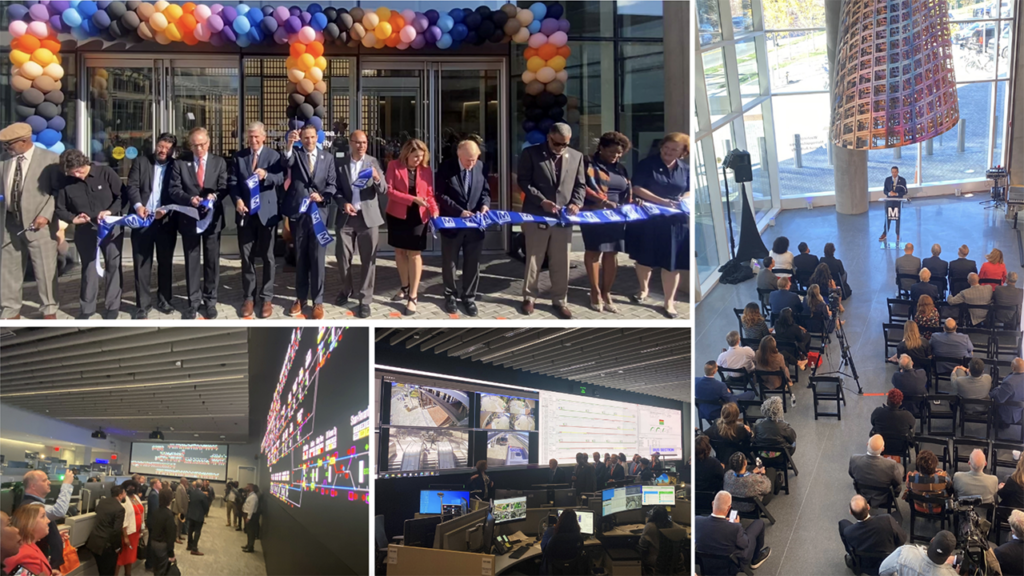
Transit Briefs: MARTA, SunRail, TTC, WMATA
Written by Marybeth Luczak, Executive Editor
MARTA has received $1.75 million from the U.S. Department of Transportation to stand up a transit and TOD “accelerator” that it says will “close capital funding gaps for projects across the region.”
Metropolitan Atlanta Rapid Transit Authority (MARTA) secures $1.75 million to form a regional transit and transit-oriented development (TOD) accelerator. Also, Florida Department of Transportation (FDOT) provides new details on SunRail’s proposed extension; Toronto Transit Commission (TTC) restores streetcar service to Humber Loop; and Washington Metropolitan Area Transit Authority (WMATA) opens a new Integrated Command and Communications Center.
MARTA
MARTA on Oct. 27 reported receiving $1.75 million from the U.S. Department of Transportation (USDOT) to stand up a transit and TOD “accelerator” that will “close capital funding gaps for projects across the region.” Administered by the USDOT’s Build America Bureau, the Regional Infrastructure Accelerators Program aims to speed “project delivery and clear barriers for credit-worthy projects by funding and encouraging best practices.”
According to MARTA, its accelerator will seek other capital partnerships and funding sources to support TOD. The agency’s primary source of funding is the sales tax revenue collected in Fulton, DeKalb, and Clayton counties and the city of Atlanta. Combined with fare revenue and federal funding, these sources allow for current system operation and maintenance, but additional funding is necessary to meet transit expansion needs, MARTA said. According to the transit agency, the city of Atlanta levied an additional half-penny in 2016, which is projected to generate $3 billion, and while that amount is sufficient for its planned projects, it is short of the overall investments that other cities such as Los Angeles ($120 billion) and Seattle ($54 billion) are making in their transit system expansion programs.
With the USDOT grant, MARTA said it plans to team with the Georgia Department of Transportation “to explore and validate that the property value increase resulting from transit investment can finance a project. Access to such new revenue will potentially unlock additional public-private partnerships and the ability to secure Transportation Infrastructure Finance and Innovation Act (TIFIA) loans.”
“From Georgia 400 bus rapid transit to Roosevelt Highway and rail infill stations in between, the transit needs of this region are far greater than our current funding model supports,” MARTA General Manager and CEO Collie Greenwood said. “I’m thrilled that MARTA will be able to form a dedicated team to work alongside the traditional funding teams to coordinate with regional partners and USDOT to solve funding gaps for transit and TOD projects.”
SunRail

An FDOT study has found that the proposed SunRail extension from Poinciana to Lakeland would take nearly 800,000 cars off the road annually, according to WTFS Tampa Bay, an ABC affilliate. The $850 million extension across Polk County would include seven stops and be completed in two phases. Ridership is estimated at 315,000, starting in 2035, and the $12 million in annual operating costs would be covered by local governments.
According to WTFS Tampa Bay, the study was approved by the Polk County Transportation Planning Organization and is now in the project development and environment phase.
SunRail currently operates over 49 miles with 16 stations through Volusia, Seminole, Orange and Osceola counties. The commuter railroad launched in May 2014 with a 32-mile, 12-station line, and service began on its 17-mile, four-station southern extension in July 2018.
In related news, STV on Aug. 11 signed a contract to support the 12.2-mile SunRail Phase 2 North project. Herzog Contracting Corp. is the prime contractor for the $34 million design-build commuter rail project that will extend the system from DeBary Station to the DeLand Amtrak Station in Volusia County.
The scope of STV’s engineering-design service work includes four miles of double tracking; communications and electrical engineering at SunRail’s new DeLand Station; and total rehabilitation of the pedestrian tunnel at Lake Beresford Park.
TTC

TTC on Oct. 29 restored 501 Queen streetcar service west of Roncesvalles Ave. to Humber Loop, following completion of major infrastructure upgrades by the city of Toronto and TTC in the King St. W., Queen St. W., Queensway, and Roncesvalles Ave. (KQQR) intersection area. It is the first time since January 2021 that streetcars are operating along The Queensway, including to stops at Glendale Ave. providing direct access to St. Joseph’s Hospital, the agency reported.
501L Queen replacement buses continue to operate both ways between Long Branch Loop and Humber Loop, via Lake Shore Blvd., Park Lawn Rd. and The Queensway. Riders can transfer between buses and streetcars at Humber Loop. According to TTC, additional streetcar service through to Long Branch Loop is scheduled to return Nov. 19.301 Queen buses will continue to operate between Long Branch Loop and Neville Park Loop in overnight periods, seven days per week.
New 501M Queen replacement buses are now also operating both ways from Humber Loop to north Park Lawn Rd. via Lake Shore Blvd., Marine Parade Dr., Park Lawn Rd. and The Queensway, to provide additional service through the Humber Bay Shores Neighborhood, TTC reported.
Additionally, starting Oct. 30, 508 Lake Shore streetcars returned to weekday peak-hour service, operating between Long Branch Loop and Parliament St. via King St., according to the agency. These streetcars will provide riders with direct downtown service without having to transfer vehicles at Humber Loop.
WMATA

WMATA on Oct. 27 held a ribbon-cutting celebration for its new Integrated Command and Communications Center in Alexandria, Va. The new 14-story building, located near the Eisenhower Avenue Station, will support more than 1,400 employees, and serve as a technology hub. It will also be home to the data center, cybersecurity operations, bus and rail video teams, communications, and administrative support.
The agency said it selected an existing underutilized property in an area of Alexandria that has seen dramatic growth in the past several years, including commercial and residential development.
The building is the third and final to be completed as part of WMATA’s Office Consolidation Plan approved by the Board of Directors in 2018. Earlier this year, the agency opened a new building at New Carrollton Metro Station in Maryland; and last year moved from the prior D.C. headquarters to a new headquarters at L’Enfant Plaza Metro Station. According to the agency, the move consolidated 10 locations into three buildings and created a long-term revenue stream through a ground lease of the former headquarters for development.
The Integrated Command and Communications Center “brings our rail, bus, security, and maintenance operations together in one place for the first time and our customer communications teams,” WMATA General Manager and CEO Randy Clarke said. “Instead of managing service from separate control centers, we can coordinate together in real time, working as a unified team to provide customers with clear, consistent messaging.”
WMATA’s new Alexandria, Va., office with the Integrated Command and Communications Center is “the last major step in a broader office consolidation strategy that will save the transit authority $120 million over the next 20 years,” WMATA Board Chair Paul C. Smedberg said. “The Board recognized the importance of implementing this strategy, the goals of which were not only to create a long-term revenue stream, but also to improve employee safety, productivity and satisfaction. Through this strategy, we are also more accessible to our customers and communities, with each of the three new office buildings directly adjacent to Metrorail stations.”



